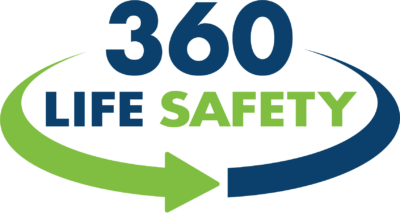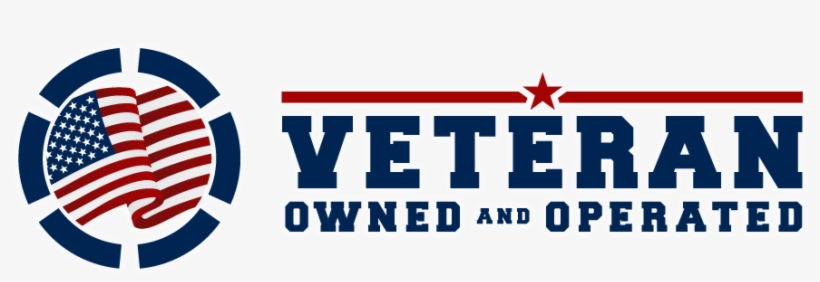First Aid Kits: Everything You Need To Know
Many of us are required to take a First Aid class or CPR/AED training for our job, and some of us simply want to be prepared. You probably have a First Aid kit in your home or office as well. First Aid kits are the first step in being prepared for the unforeseen and should be an essential tool in your home, classroom, or business.
First Aid kits were first developed in 1888 by Robert Wood Johnson, a founder of the Johnson & Johnson company, when he saw a need for the Denver & Rio Grande Railway workers to receive quick medical attention while working far afield from medical facilities. Johnson and a surgeon for the railroad packaged sterile gauze and bandages into metal boxes for the railroad company workers while also creating one of the most significant advancements to the medical field.
First Aid is defined as the initial care response to someone who is injured in order to prevent worsening conditions or to preserve life itself until medical assistance arrives. First Aid training is beneficial for everyone everywhere. If one individual is trained in First Aid, everyone they encounter could benefit from that training. As uncomfortable as it is to think about injuries, 360 Life Safety’s answer to ease this discomfort is through preparedness and training, beginning with First Aid training.
First Aid training is essential because it:
- Teaches proper techniques when caring for an individual.
- Prevents death and worsened injuries that could lead to disability.
- Creates confidence in individuals to provide care.
- Offers comfort to patients who are in distress.
- Encourages trainees to participate safely in their own life.
First Aid training teaches non-medical professionals how to respond to basic emergencies before medical assistance arrives and includes topics such as burns, choking, minor injuries, and heart attacks. Cardiopulmonary Resuscitation(CPR) is often taught alongside First Aid classes and teaches individuals specifically how to handle cardiac and breathing emergencies. CPR uses chest compressions and rescue breathing to keep oxygen-rich blood flowing to the body’s organs until the heartbeat is restored. Learning to use an Automated External Defibrillator (AED) is also part of a typical First Aid training. An AED helps individuals in sudden cardiac arrest and sends an electric shock to a patient in order to reestablish the heart’s rhythm. AEDs can be found in almost every building and are relatively simple to use. Sudden cardiac arrest is the leading cause of death for people in the United States and more than 350,000 of people suffer from cardiac arrest each year. Though you may not be a medical professional, training and preparedness gives suffering individuals the best possible outcome in a medical emergency.
First Aid kits can help non-medical professionals treat cuts, scrapes, burns, and bruises but can not help in times of serious injury. Anyone can buy a First Aid kit at a convenience store or make their own at home, but an effective First Aid kit will include the following nineteen items according to the American Red Cross:
- 2 absorbent compress dressings (5 x 9 inches)
- 25 adhesive bandages (assorted sizes)
- 1 adhesive cloth tape (10 yards x 1 inch)
- 5 antibiotic ointment packets (approximately 1 gram)
- 5 antiseptic wipe packets
- 2 packets of aspirin (81 mg each)
- 1 emergency blanket
- 1 breathing barrier (with one-way valve)
- 1 instant cold compress
- 2 pair of nonlatex gloves (size: large)
- 2 hydrocortisone ointment packets (approximately 1 gram each)
- 1 3 in. gauze roll bandage
- 1 roller bandage (4 inches wide)
- 5 3 in. x 3 in. sterile gauze pads
- 5 sterile gauze pads (4 x 4 inches)
- Oral thermometer (non-mercury/non-glass)
- 2 triangular bandages
- Tweezers
- Emergency First Aid guide
In addition to these items, the American Red Cross recommends that individuals include personal medications in their First Aid kits, regularly check for missing items and expiration dates in their kit, and to include emergency contact information inside the kit as well.
360 Life Safety has an affordable, 92-piece First Aid Kit that provides all the basics for your home, classroom, or office. Our First Aid Kit is designed to prepare you for minor injuries with portability and convenience. It includes the necessary components to an effective First Aid Kit such as a First Aid guide, antiseptic wipes, bandages, tourniquet, eye wash, an emergency blanket, and more. Our pouch is organized for quick accessibility and can easily be refilled. Our customers can comfortably carry this kit in their car, gym bag, or briefcase so they are prepared to help themselves or others at any time. This kit is HSA and FSA approved.
360 Life Safety offers affordable and effective First Aid Training programs both online and in-person. This Red Cross-certified training is designed to:
- Provide hands-on experience for proper First Aid and CPR/AED training
- Teach trainees to use an AED and keep it functional
- Certify trainees in First Aid and CPR/AED
The 360 Life Safety team can serve your safety needs. Visit our website for effective First Aid tools and training to begin protecting yourself and the people around you.

